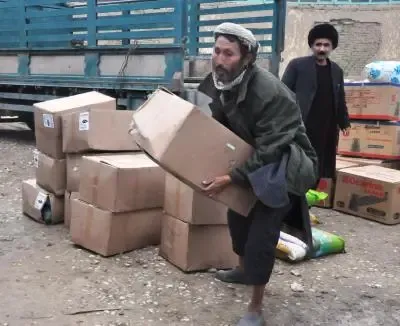Are North Korea and China 'Basic Threats' to Regional Security?

Synopsis
Key Takeaways
- Daniel Driscoll identifies North Korea and China as significant regional threats.
- US troops' roles in South Korea may be reevaluated to counter these threats.
- The US-South Korea alliance remains vital for regional stability.
- Advanced military systems are being deployed to enhance defense capabilities.
- Collaboration on drone technology is essential for addressing emerging threats.
Pyeongtaek, Oct 2 (NationPress) US Secretary of the Army Daniel Driscoll has identified North Korea and China as both posing 'basic threats' to regional safety. This comes as President Donald Trump's administration may consider re-evaluating the role of American troops in South Korea to better address the growing challenge from China.
Driscoll made these statements amidst a shifting security landscape, where the long-standing alliance between South Korea and the United States faces evolving threats and speculation surrounding possible changes in the mission and scope of the US Forces Korea (USFK).
When questioned about the primary focus of the USFK, whether on North Korea or China, Driscoll asserted, 'I believe the succinct response is that both represent basic threats.'
These comments were made during a press briefing at US Army Garrison Humphreys, the central base for USFK, located approximately 60 kilometers south of Seoul.
Driscoll expressed confidence in the strength of the alliance, labeling it 'remarkable.'
'The partnership enduring for so many decades is crucial,' he stated. 'We want to be able to rely on the Republic of Korea (ROK) army as allies in ways we cannot always guarantee with other global partners.'
Maj. Gen. William Taylor, acting commander of the Eighth Army, supported this perspective, emphasizing the necessity of fortifying the alliance to confront emerging threats.
'Our duty is to ensure that through our mutual defense treaty, we maintain the most capable and adaptable fighting force to address any evolving challenges in the Indo-Pacific,' Taylor remarked.
Against this backdrop, Driscoll highlighted the significance of deploying advanced technology to the Korean Peninsula.
The US has introduced a range of sophisticated weaponry to South Korea this year, including the recent deployment of an Indirect Fire Protection Capability (IFPC) air defense system, akin to the US version of the Iron Dome, along with MQ-9 Reaper drones.
'Our primary threat is in this region, and to counter that, we require robust partnerships and allies like those we have here, and we aim to invest in them,' Driscoll remarked, referencing statements from President Trump and Defense Secretary Pete Hegseth.
'Our goal is to equip our soldiers and allies with the most sophisticated equipment. Expect a significant increase in such assets in this region.'
Driscoll specifically mentioned his intention to enhance collaboration with South Korea on drone technology, labeling it 'one of the greatest threats to humanity' due to its unpredictable nature and the array of responses required to counter it, as reported by Yonhap news agency.
'To effectively counter drone threats, we need deep partnerships with our ROK allies, manufacturers, and tech firms in the region. It’s crucial to work together to implement solutions that enable real-time information sharing and coordinated responses against these risks.'
When queried about a recent report regarding USFK Commander Gen. Xavier Brunson appearing in a three-star role within an internal service directorate, Driscoll chose not to comment directly but referred to broader initiatives aimed at reducing bureaucracy.
'These decisions are ongoing, but the overarching plan is to streamline our decision-making process and deploy as many soldiers to the front lines as quickly as possible.'









